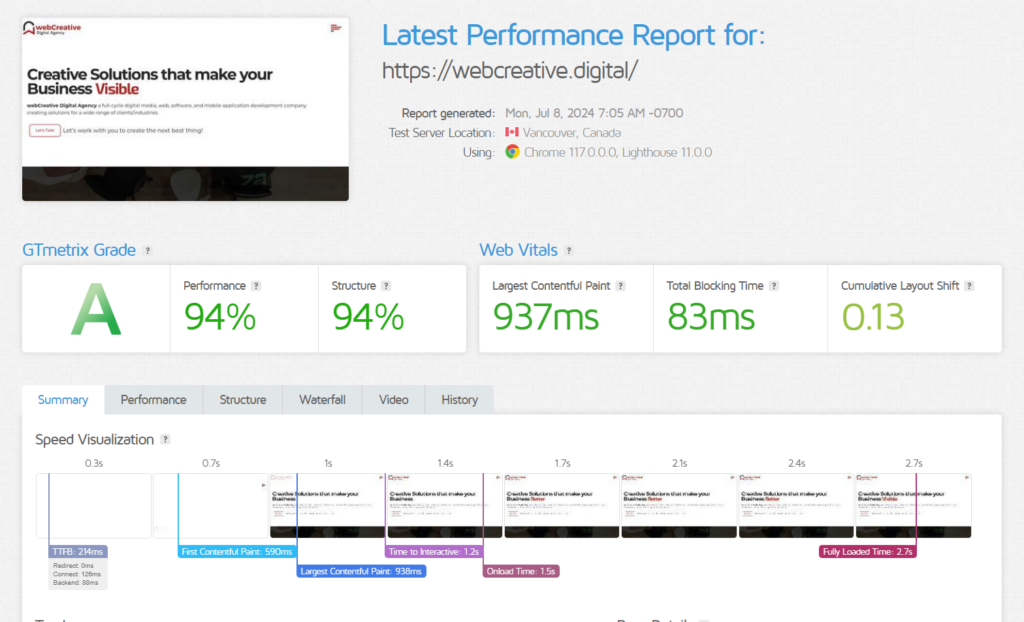In today’s digital landscape, having a website that’s both aesthetically pleasing and functional isn’t enough. It’s essential to ensure your site is also optimized for search engines to increase visibility, drive traffic, and boost conversions. This comprehensive guide will cover the top SEO best practices for web developers, designers, and website owners.
1. Optimize Website Speed
Search engines like Google prioritize sites that load quickly, as faster load times provide a better user experience. Web developers should prioritize site speed by optimizing images, using caching plugins, and minimizing CSS and JavaScript files. It’s important to develop with optimization in mind. It would be a nightmare trying to optimize a badly designed website.

2. Responsive Design
With mobile-first indexing, Google ranks websites based on their mobile version. Implementing responsive design ensures your website adapts to various screen sizes, providing an optimal viewing experience across different devices.
3. Implement Schema Markup
Schema markup helps search engines understand your website’s content and structure, which can enhance your site’s search visibility. Web developers can use schema.org’s structured data to enable rich snippets and improve click-through rates.
Appropriate headings, paragraph text, image alt text, etc all help make your content readable and understandable by Search Engines.
4. Keyword Research and Optimization
Website owners should conduct thorough keyword research to understand what their target audience is searching for. Include these keywords in strategic places such as title tags, meta descriptions, headers, and content body.
5. Quality Content Creation
Creating high-quality, engaging content is crucial for SEO. Ensure your content provides value to your audience, includes your targeted keywords, and is updated regularly.
6. Building High-Quality Backlinks
Backlinks are a significant ranking factor for SEO. Website owners should focus on building high-quality backlinks from reputable sites to boost their website’s credibility and search engine rankings.
7. Optimize Images
Ensure all images on your website are optimized with relevant file names and alt text. This not only improves page load speed but also helps search engines understand the content of the images.
8. Implement a Clear Site Structure
A clear and logical site structure makes it easier for search engines to crawl and index your website. Implement a well-structured URL hierarchy and use internal linking to enhance user navigation.
9. Monitor SEO with Analytics Tools
Website owners should regularly monitor their SEO efforts using tools like Google Analytics and Google Search Console. This will help identify what’s working, what’s not, and where there’s room for improvement.
Conclusion
SEO is an ongoing process that requires consistent effort and attention. By adopting these SEO best practices, web developers, designers, and website owners can enhance their site’s visibility, attract more organic traffic, and increase conversion rates. Stay tuned to the WebCreative Digital blog for more tips and insights on optimizing your online presence.





